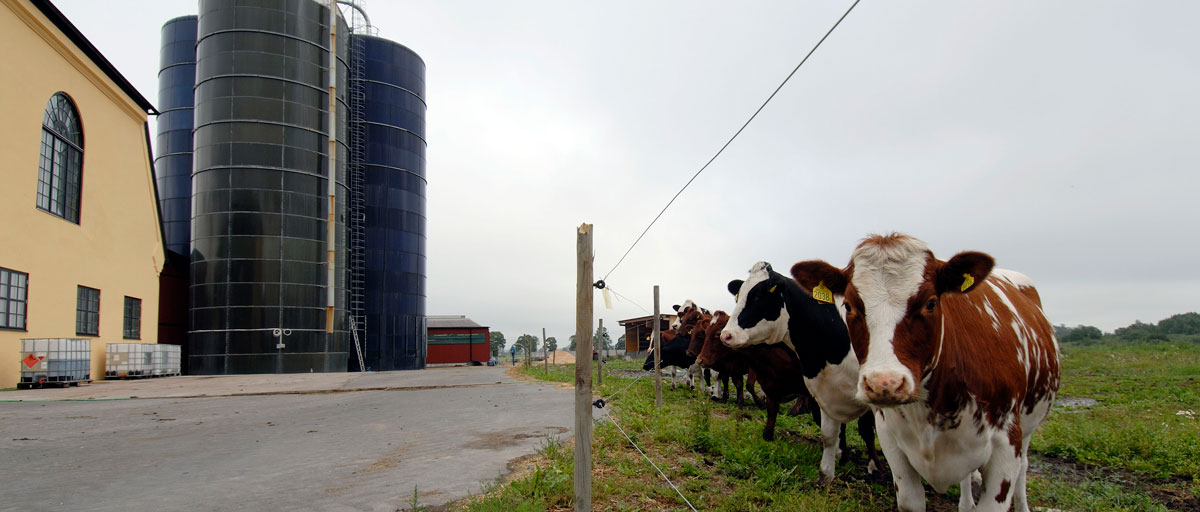Tradeoffs between resistance to antimicrobials in public health and their use in agriculture: Moving towards sustainability assessment
Summary
Antimicrobial use (AMU) in animal agriculture contributes to select resistant bacteria potentially transferred to humans directly or indirectly via the food chain, representing a public health hazard. Yet, a major difference triggering AMU in food animal production is that in addition to therapeutic cure, farmers use antimicrobials to keep their herds healthy and highly productive, while ensuring animal welfare and food safety objectives. As a society, we consequently face difficult tradeoffs, between massive restrictions of AMU, and maintenance of current and potentially non-sustainable consumption levels. Here, we present the different components to be addressed for assessing the sustainability of AMU in animal agriculture. At first, we describe the interests and limits of existing models identified by reviewing the literature, which could potentially be used to assess AMU sustainability, while allowing the reader to capture in a simple and visual manner the complexity of the issue. We address in the following sections the boundaries of the social-ecological system and the indicators that are required for assessment of AMU sustainability. We introduce analytic methods that could be used for assessing the sustainability of antimicrobial use.







